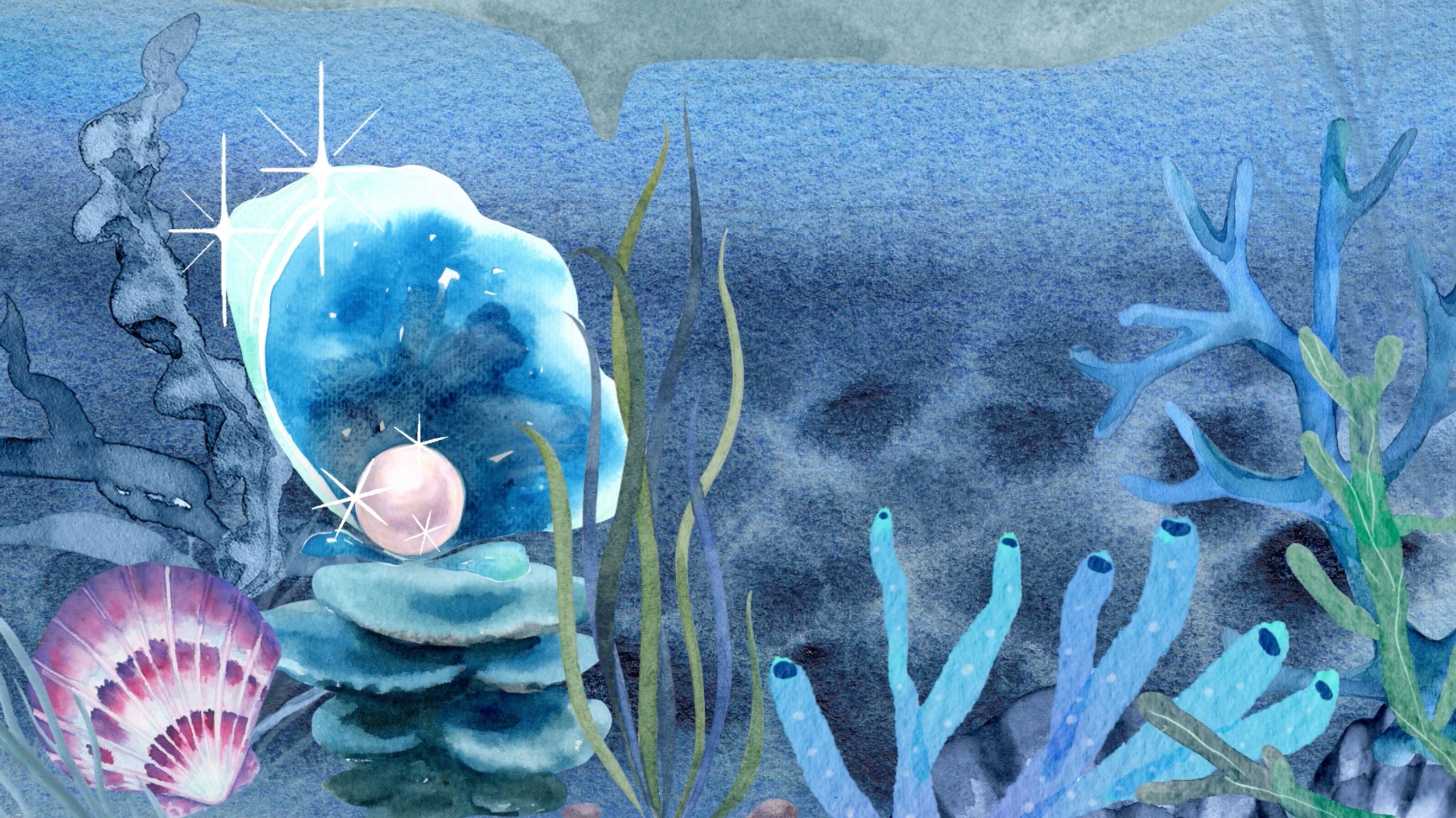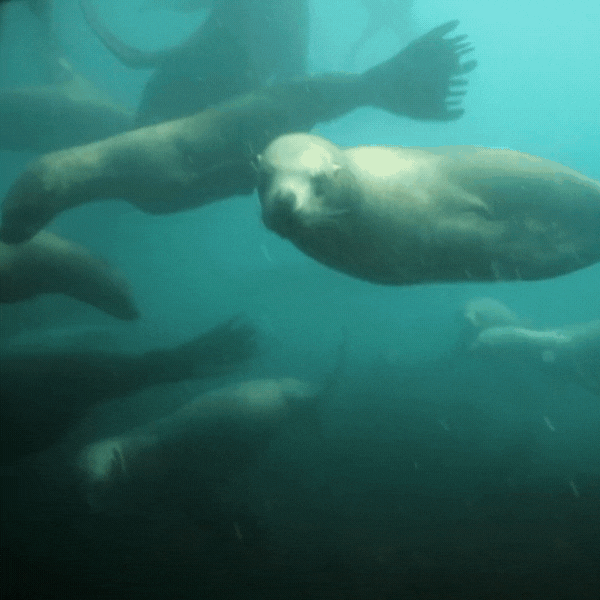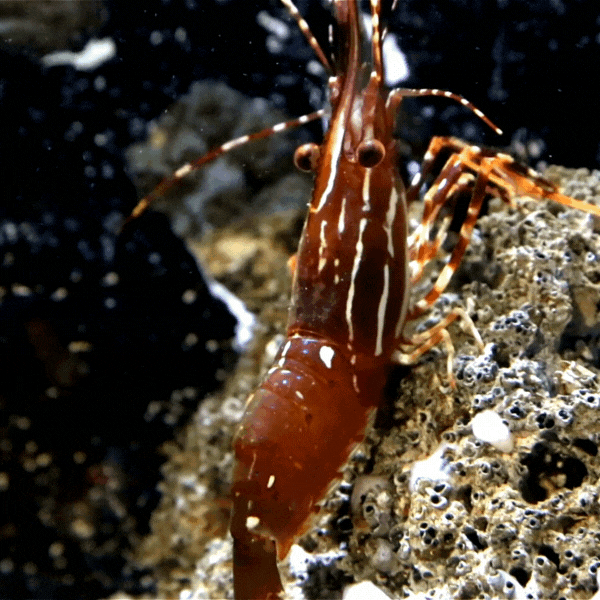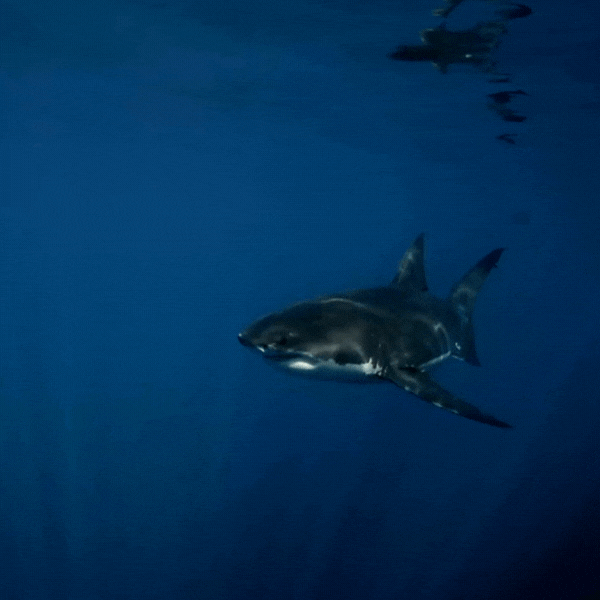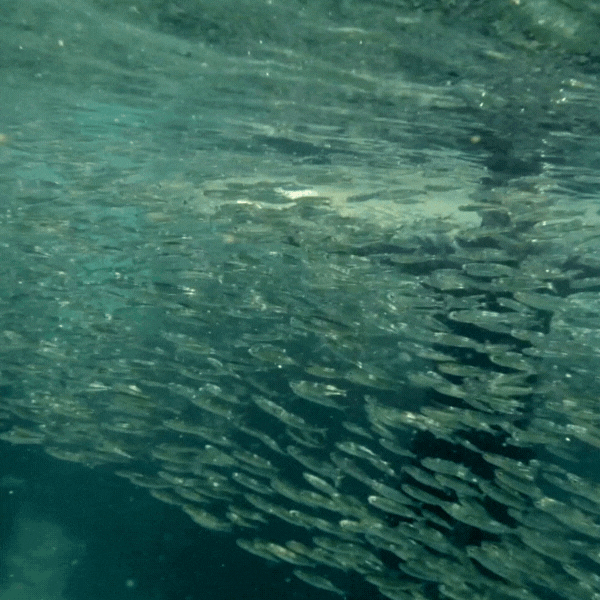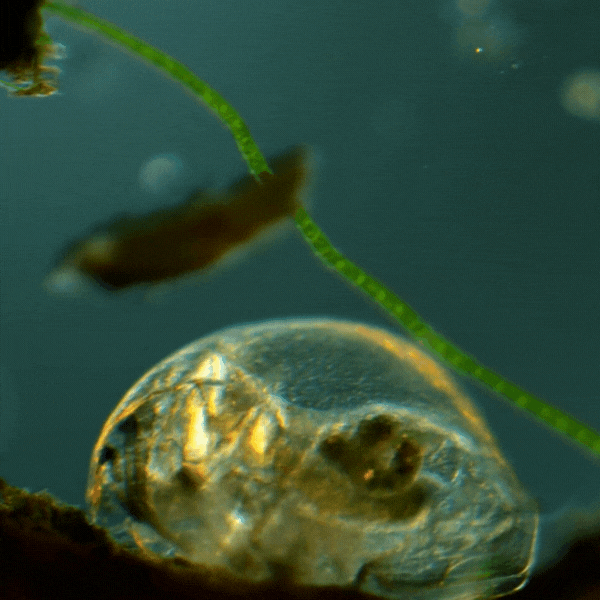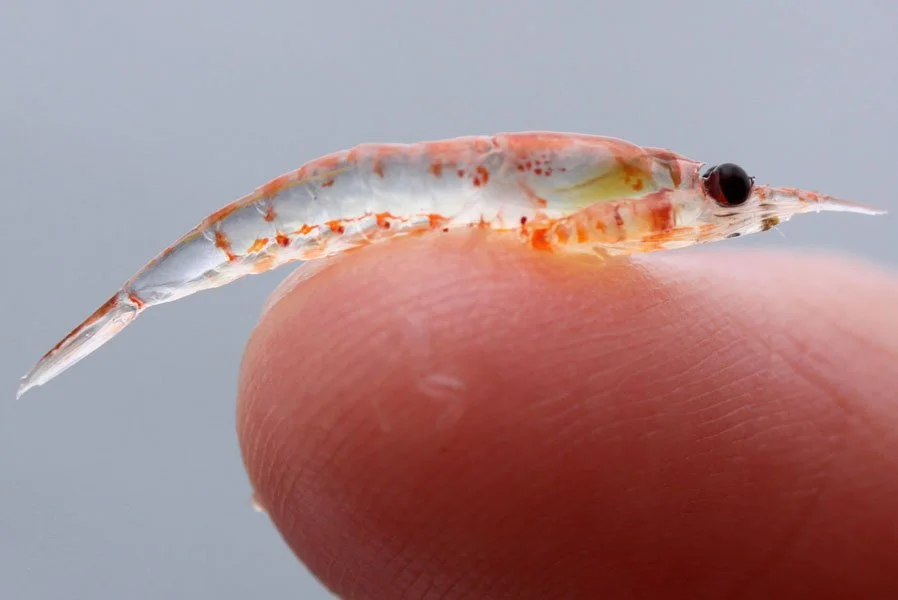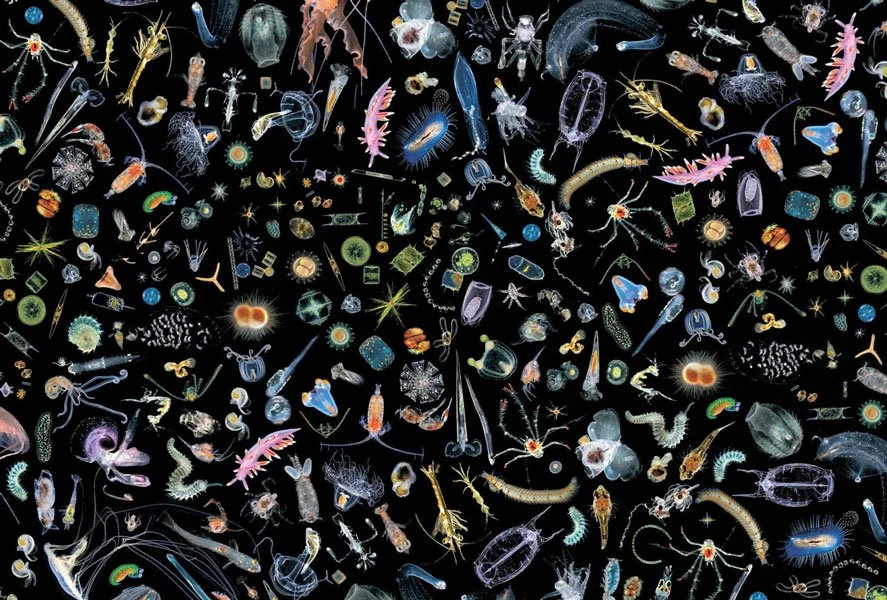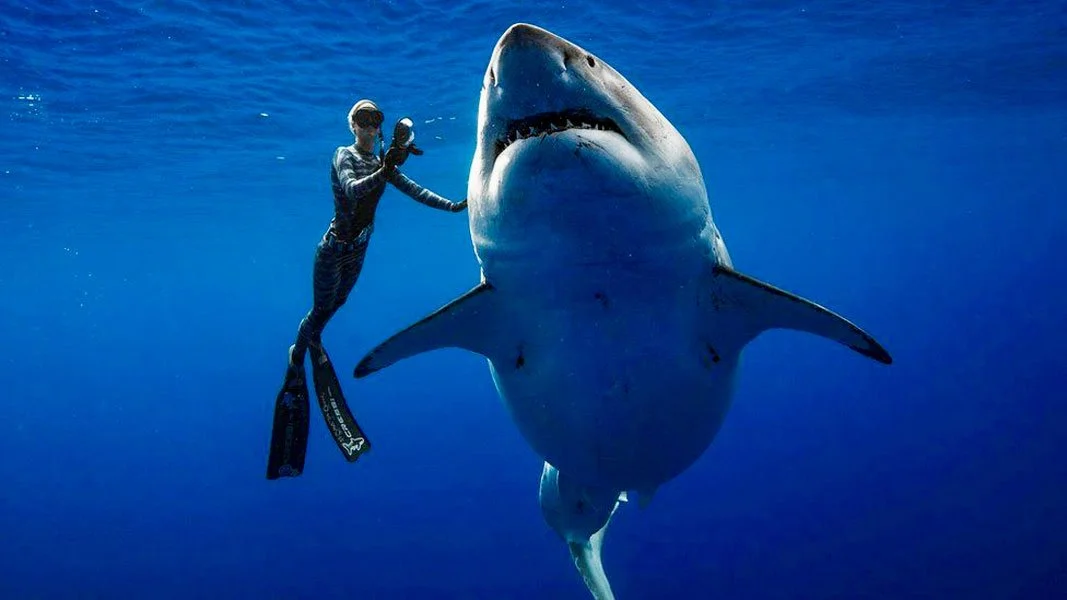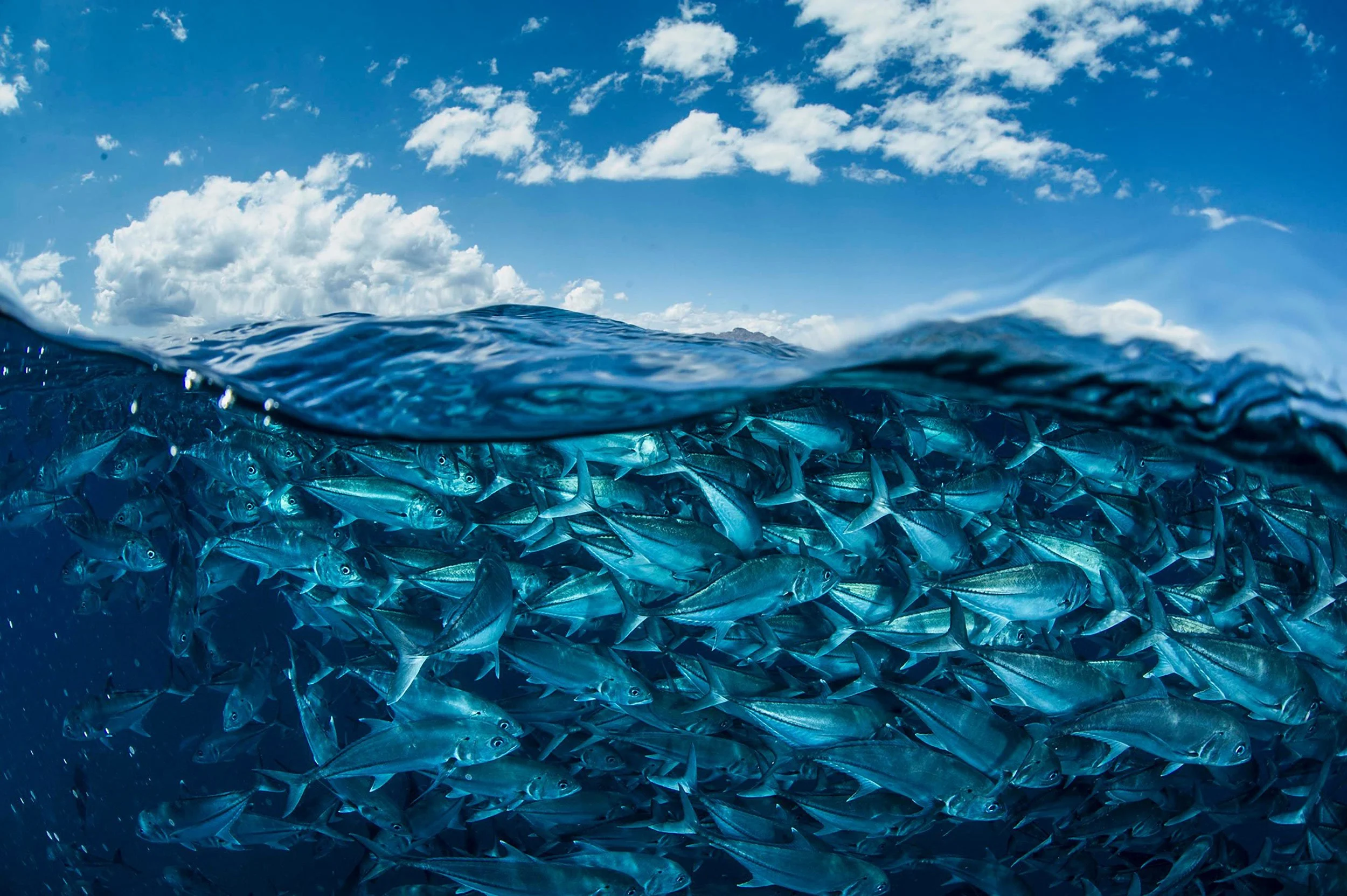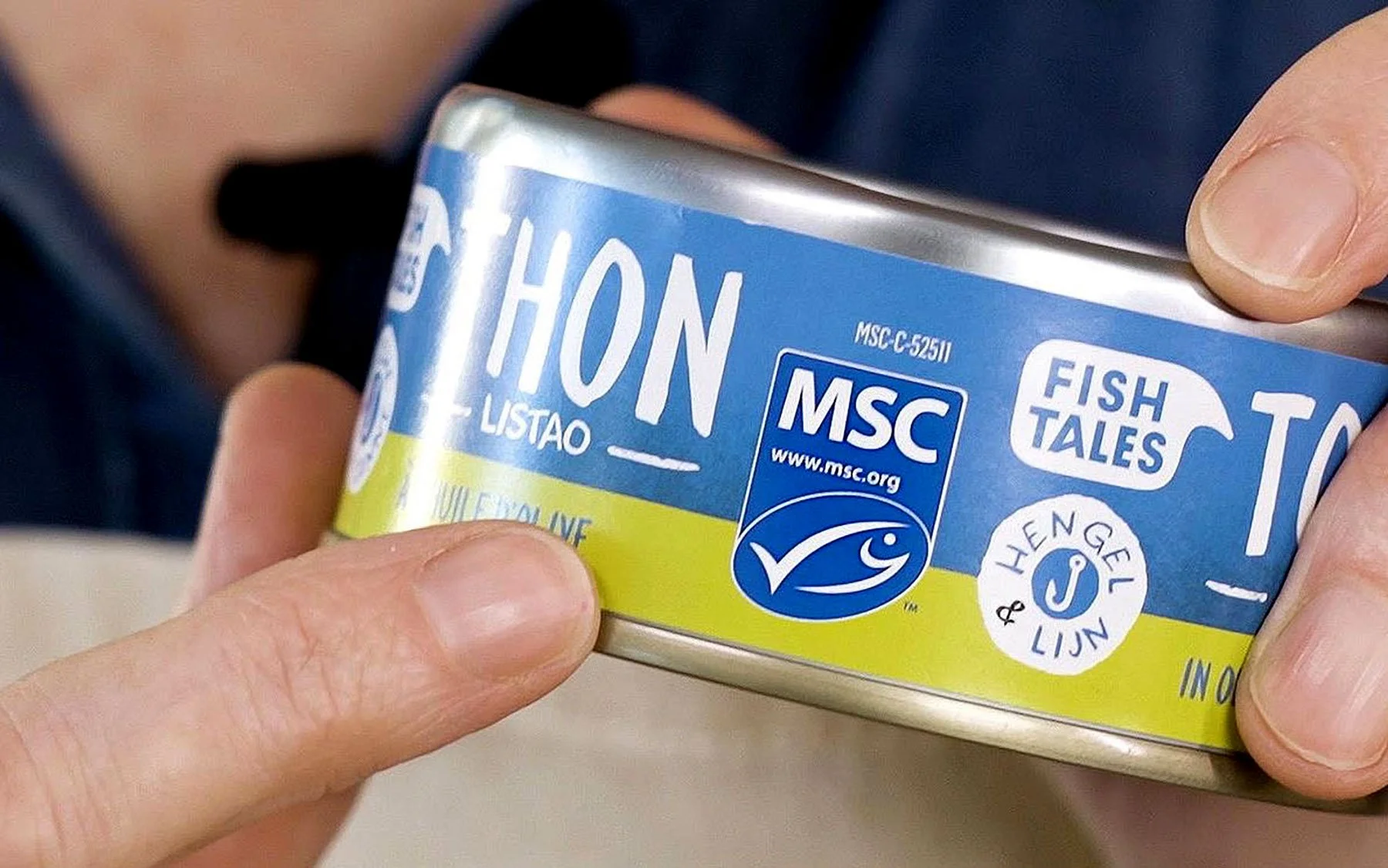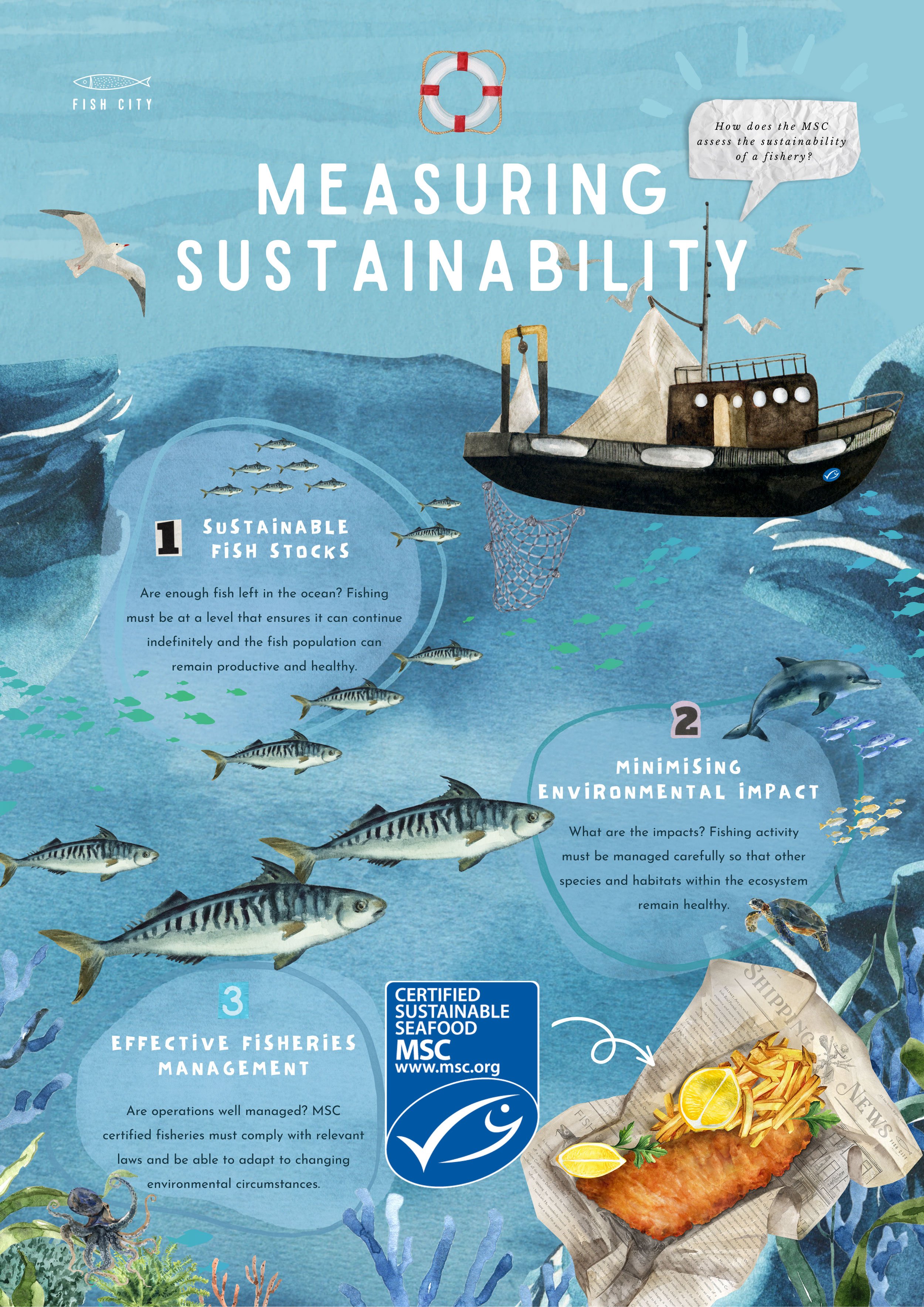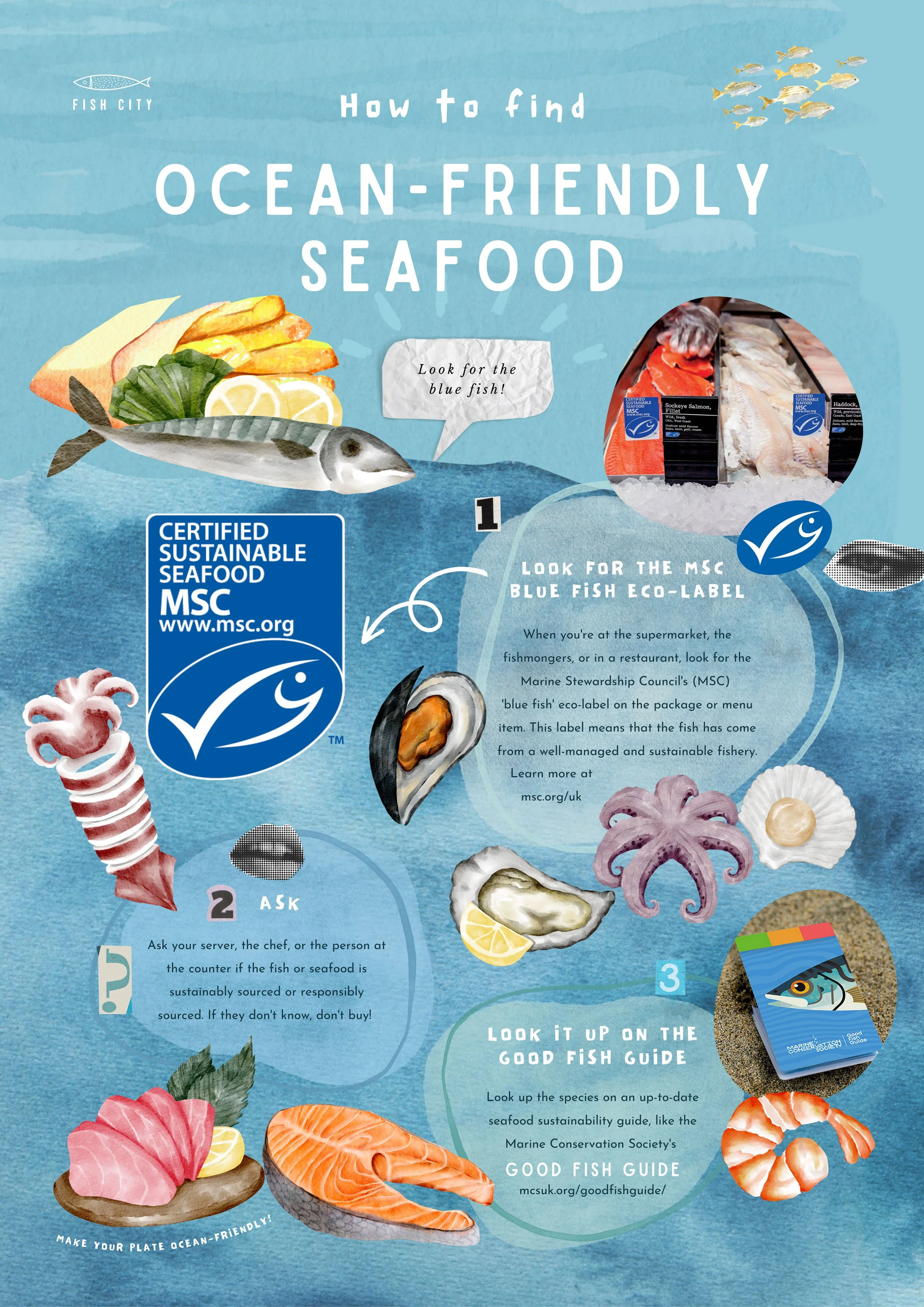
Welcome to the Kids Club!
Welcome to the Kids Club!
Our oceans are full of life and also a great source of food. Because of the hard work of fishermen and fishing communities, we can buy nutritious fish at the supermarket and enjoy it at home, in restaurants and our local chippies!
What happens, though, when we take too many fish from the sea? We’ll learn about some of these things and what we can do to ensure that the fish and their homes in the sea are healthy so they can thrive too!

Workshop Activities
-
We’ll learn a wee bit about six marine animals and how they are connected to each other in a Food Chain. And we’ll put that knowledge to the test and see how we do in the Food Chain Card Game!
-
We’ll watch a few short films about seafood sustainability, the MSC eco-label, and the importance of protecting our oceans. We’ll also share how we as a business are focused on making positive changes to protect the future of our ocean ecosystems!
-
We will get our gloves and aprons on and get to touch a selection of real fish! Do you know what kind of fish it is?
-
And finally, the tastiest part of the day, we all get to enjoy MSC-certified sustainably sourced cod with delicious homemade chips!
Food Chain
All living things (us included!) need energy to grow and be healthy. Plants are ‘producers’ of energy— they make their own food using sunlight, soil and water. Animals are ‘consumers’— they have to eat plants or other animals for their energy. A food chain shows the order in which living things depend on each other for energy.
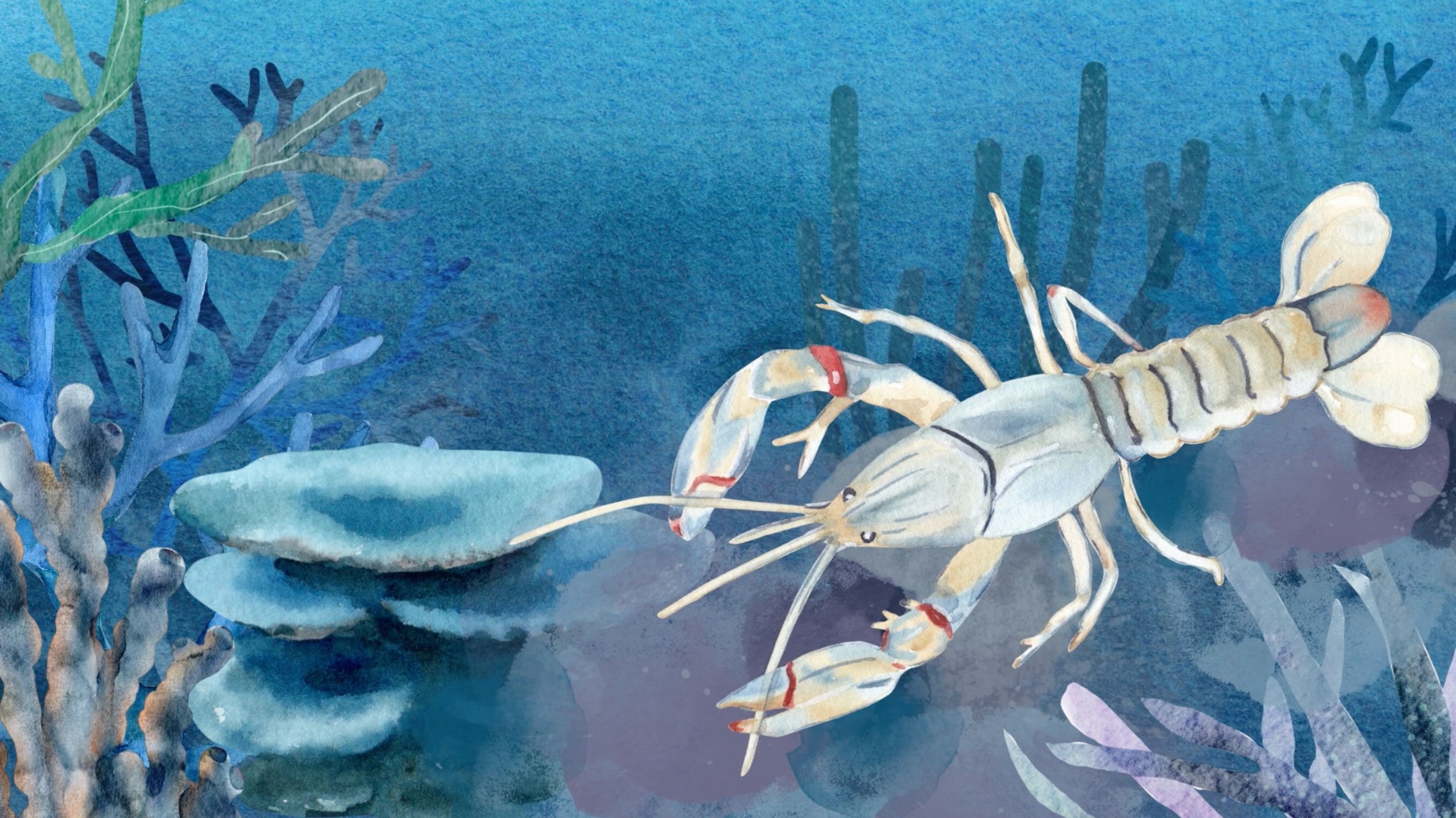
Food Chain
the order in which living things depend on each other for energy
-
This is the order in which living things depend on each other for energy.
[Discussion Q1.] What plants or animals do you eat to give you the energy to grow and be healthy?
[Quiz Q1.] In the Food Chain, are humans ‘producers’, or are we ‘consumers’?
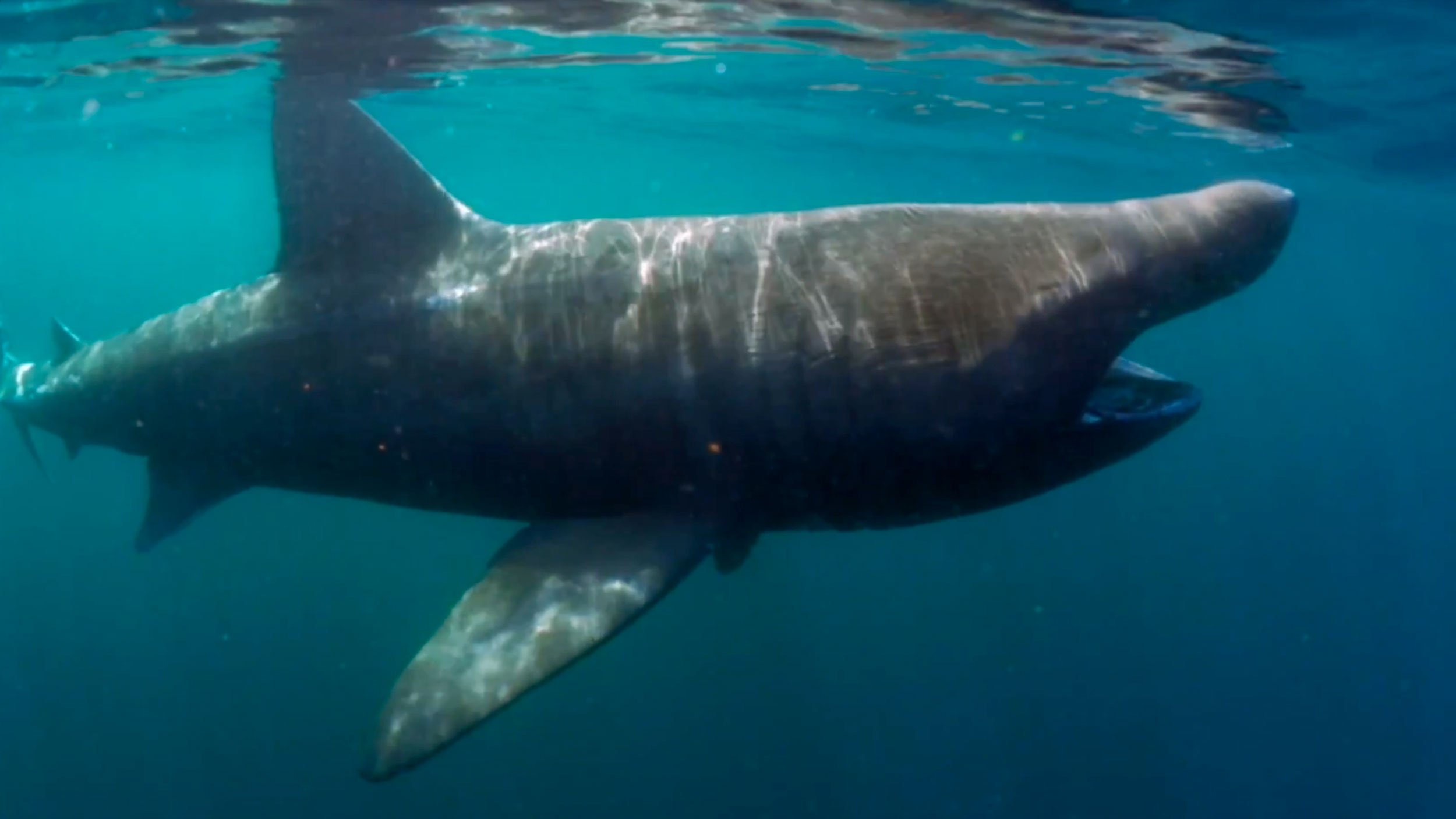
Basking Sharks
are the largest fish in the North Atlantic!
These giants typically grow to 26 feet! Despite their size, they have tiny teeth. Unlike most other sharks, they are filter feeders that do not bite or chew their food.
Source: Public Broadcasting Service (PBS) - Ireland's Wild Coast | Basking SharksMarine Animals
Let’s learn about some different marine animals! What do you think each of them eats?
Seals
Like us humans, seals are mammals: they have fur and they’re warm-blooded. Seals can dive very deep underwater and hold their breaths for up to 2 hours at a time! They communicate with each other through clicking or trilling noises.
Shrimp
Known here as ‘prawns,’ shrimp are crustaceans— they are marine animals with a hard, jointed shell. They live on the seafloor and in lakes and rivers. Prawns live together in groups called 'schools' and talk to each other by making clicking noises.
Krill
There are at least 85 species of krill found in the ocean. They are tiny shrimp-like crustaceans that grow to about an inch long. Most krill are bioluminescent, meaning their bodies light up like a light bulb! Krill comprise the largest biomass of any animal species after humans.
Sharks
Whilst sharks have a dangerous reputation, shark attacks on humans are very rare. Sharks have excellent vision and a sense of smell 10,000 times better than a human’s! They have many rows of teeth that they grow and lose their whole lives. The largest fish in the ocean is a whale shark.
Herring
Herrings are found in the shallow waters of the North Atlantic and North Pacific oceans. They are small fish with bright silver bodies, and they swim in big groups called ‘schools.’ One school of herring can contain as many as 4 billion fish!
Plankton
Plankton are tiny, microscopic plants and animals. They are marine drifters— they are not strong enough to swim on their own. There are two types: Phytoplankton, which are microscopic plants; and Zooplankton, which are microscopic animals.
Let’s name each animal below.
What is the Food Chain?
Let’s play the Food Chain Card Game!
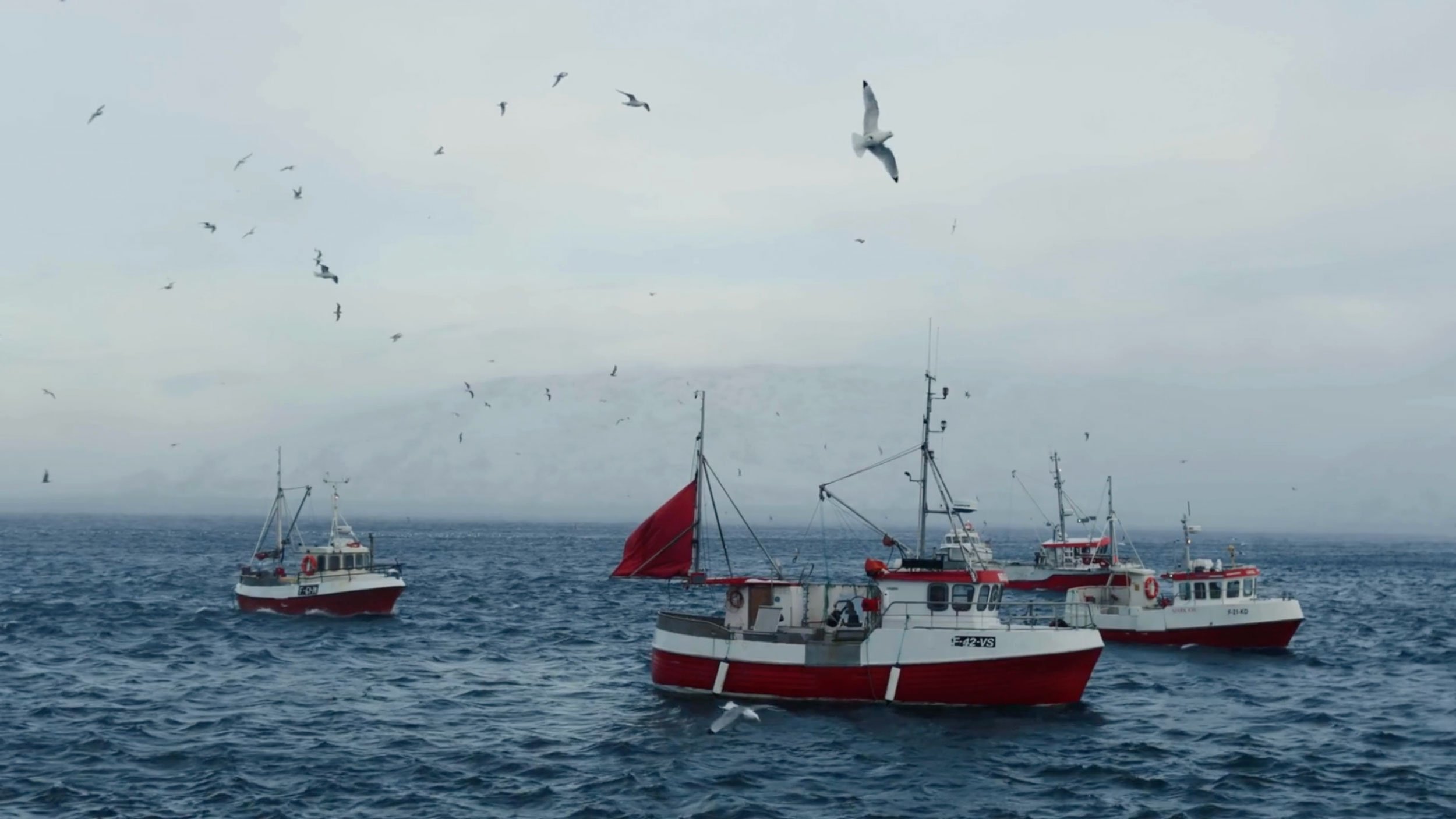
Sustainable fisheries
Fishing sustainably means leaving enough fish in the sea so that they can thrive too!
-
What do you think would happen if too many fish are caught?
Our seas and oceans are rich with marine life and seafood! When we humans overfish, we take out too many of a specific species of fish from the water. Fishing at sustainable levels means leaving enough fish in the sea so that they can thrive too!
Carlingford Oysters
Did you know we get our oysters from an oyster farm 50 miles from here in Carlingford Lough? It takes over 3 years to grow a Carlingford Oyster to market size. They get their sweet flavour from minerals in the exchange of water.
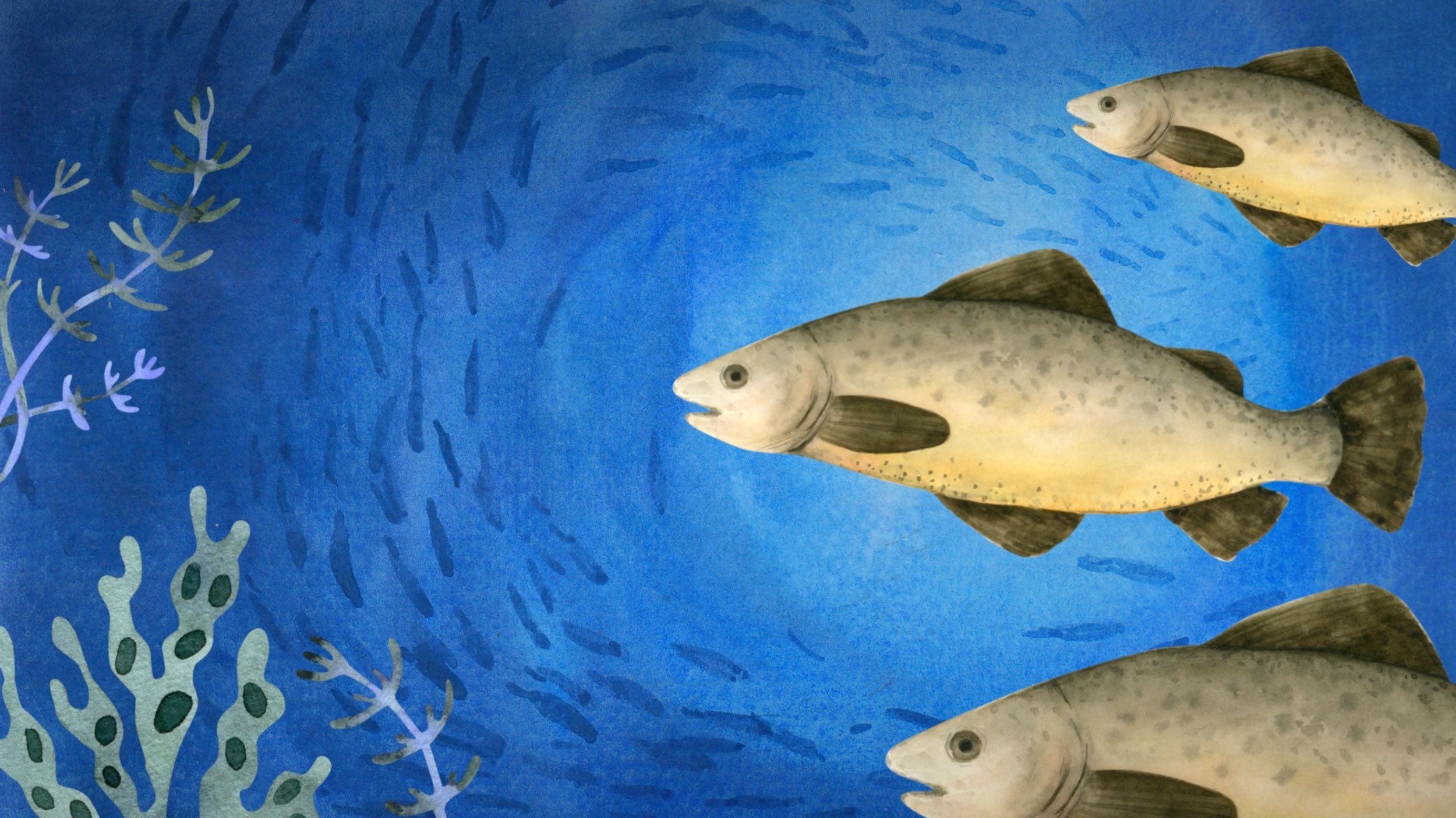
Sustainability
is about the small changes we can make to help look after the planet
Let’s learn about fish!
In this short video, we’ll learn some of the catch methods that can be problematic for fish stocks and other catch methods that are better for the environment. We’ll see why it’s important that fish farms are careful about keeping farmed fish separate from wild fish. And we’ll find out some tools that help us to find sustainable fish at the shop, like the MSC and ASC eco-labels!
Sustainable Fish
msc ‘blue fish’ eco-label
What is the MSC?
And why is certified sustainable seafood so important? People have relied on the oceans as a source of food and for livelihoods of thousands of years. The MSC wants to make sure that it stays this way!
Sustainable Fish Stocks
Have you ever wondered what the blue Marine Stewardship Council label means when you see it on a seafood product? Learn how MSC certified seafood helps to protect fish stocks for the future.
2. Marine habitats & species protected
The MSC label also means that marine habitats and species are protected. Let’s learn how buying MSC certified seafood helps to protect fish stocks for the future.
3. The Fishery is well managed
Lastly, when we see the MSC’s ‘blue fish’ eco-label, we know that the fishery where that fish was caught is well-managed. What does that mean? Let’s learn how MSC-certified fisheries are well-managed.

What Fish is it?
Let’s get our gloves and aprons on!
Keeping our Oceans Clean
Sadly lots of our unwanted plastic ends up in the ocean, including fishing lines, nets and pots that have been lost or discarded. Plastic takes 400 years to break down, so it stays in the oceans for a very long time, endangering our friends beneath the waves! The good news is that people around the world are working together to reduce plastic waste and help clean up the oceans. We, too, can help out by limiting our use of single-use plastics!

Seals
Did you know that mother seals and their pups bond with a unique call? Mother seals recognise and respond to the voices of their pups only a few days after they’re born.

Learn more
with great documentaries and series on our Blue Planet and Wild Isles

What are some of the ways we can be more sustainable in our daily lives?
Pop Quiz
-
For wild fish: the ‘Blue Fish’ label from the Marine Stewardship Council (MSC).
For farmed fish: the green or turquoise fish label from the Aquaculture Stewardship Council (ASC).
-
Consumer.
-
Bycatch is the catch of a non-target species. This means the fisher did not mean to catch it.
Common species of bycatch are seabirds, dolphins, and turtles.
-
The Food Chain.
Atlantic Cod
Atlantic cod spend the majority of their time deep in the oceans near the seafloor. They eat bony fish, lobsters, and other invertebrates. Whilst young cod are eaten by a range of medium-sized predators, adults are only eaten by large sharks, which means adult cod are near the top of their food chain!
A popular choice for Fish & Chips, Atlantic cod are overfished in UK seas. Stocks are healthier and more sustainable in the seas off Iceland, which is the source of most cod sold in the UK, as well as Norway. The cod we use in our Fish & Chips is MSC-certified sustainably sourced from the North Atlantic.
